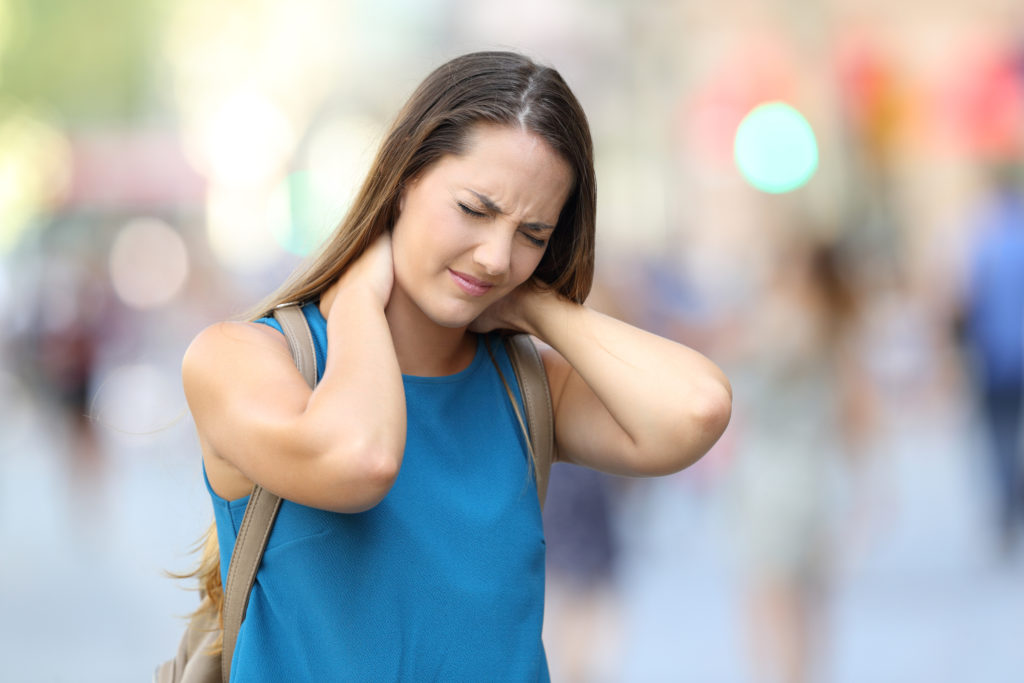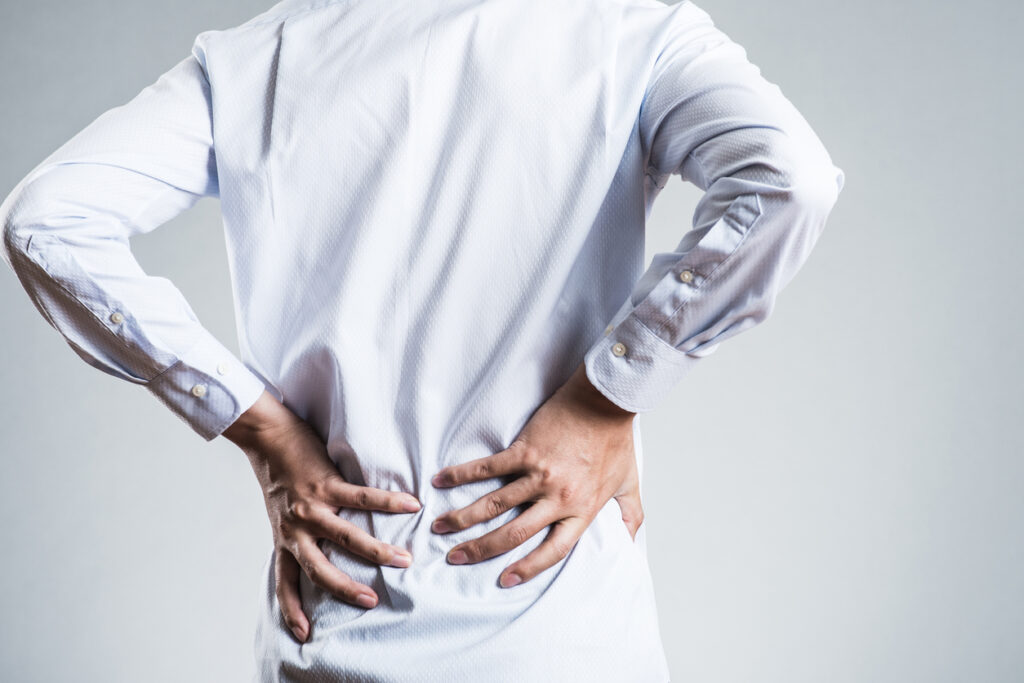
How Common Are Back/ Spine Injuries in Australia?
From the Australian Institute of Health and Welfare, 1 in 6 Australians (16%) have back problems.
The numbers are less but still comparable for spinal cord injuries, with approximately 15,000 Australians living with spinal cord injuries. 350 to 400 new cases are recorded each year by Forward Ability Support.
Back pain and spinal injuries force many Australians out of work. If you’ve lost your job because of back pain forces you to stop work, things get tough fast.
Back pain and spinal injuries force people of work that they’ve done for years. These injuries affect thousands more Australians every year. You are not alone!
What is back pain?
From PainAustralia, back pain, particularly lower back pain, is the most common form of pain. Chronic back pain is a leading cause of disability worldwide and one of the most common reasons for people of working age to drop out of the workforce.
How is the back divided?
From Musculoskeletal Australia, it is important to understand the sections within the back so you can better understand your back and back pain.
Your backbone (spine or spinal column) is made up of bones called vertebrae stacked on top of each other to form an ‘S-shaped column.
The spine is divided into five regions. They are:
- Cervical spine (neck): at the top of the spine are seven vertebrae. Your doctor may sometimes refer to them by letter and number, for example, C1 – the 1st vertebrae in the cervical spine; to C7 – the 7th vertebrae in the cervical spine.
- Thoracic spine (middle back): has 12 vertebrae (T1 to T12). This is where your ribs attach to the spine.
- Lumbar spine (lower back): has five vertebrae (L1 to L5) and connects to the pelvis.
- Sacrum: a triangular-shaped bone that connects to the hips. It’s made up of the five fused sacral vertebrae (S1 to S5).
- Coccyx (tailbone): at the base of your spine are four fused vertebrae. Your pelvic floor muscles and ligaments attach here.
It is important to be able to accurately locate where your back pain is occurring.
What are some of the symptoms related to back pain?
From the US National Institute of Arthritis and Musculoskeletal and Skin Diseases, back pain can range from local pain in a specific spot to generalized pain spreading all over the back. Sometimes the pain radiates away from the back to other areas of your body, such as the buttocks, legs, or abdomen. The intensity of back pain varies for each person. Depending on the type, causes, and location of your back pain, you may experience:
- Increasing pain with lifting and bending.
- Worsening pain when resting, sitting, or standing.
- Back pain that comes and goes.
- Stiffness in the morning when awakening and lessened back pain with activity.
- Pain that radiates away from the back into the buttocks, leg, or hip.
- Numbness or weakness in your legs or feet.
You should see a doctor if your pain does not improve after a few weeks or if any of the following symptoms happen with your back pain:
- Numbness and tingling.
- Severe back pain that does not improve with medication (see Treatment section).
- Back pain after a fall or injury.
- Back pain along with:
- Trouble urinating.
- Weakness, pain, or numbness in your legs.
- Fever.
- Weight loss that you did not intend.
What are the causes of back pain?
From VersusArthritis, often back pain doesn’t have one simple cause but may be due to one or more of the following:
- Poor posture
- Lack of exercise resulting in stiffening of the spine and weak muscles
- Muscle strains or sprains.
As well as the things listed above, there are also specific conditions that are linked with pain felt in the back. It’s important to remember that severe pain doesn’t necessarily mean there’s a serious problem. Some common conditions are listed below.
- Spondylosis- As we grow older the discs in the spine become thinner and the spaces between the vertebrae become narrower. Little pieces of bone, known as osteophytes, may form at the edges of the vertebrae and facet joints.
- Sciatica- Back pain is sometimes linked with pain in the legs, and there may be numbness or a tingling feeling. This is due to a nerve in the spine being pressed on or squeezed. For most people with sciatica, the leg pain can be the worst part and occasionally they may have little or no back pain at all.
- Spinal stenosis- sometimes back pain is linked with pain in the legs which starts after you start walking for a few minutes and then tends to get better very quickly when you sit down.
Other rarer causes of back pain include:
- Bone problems such as a fracture
- An infection
- A tumor
- Inflammation
How does Back Pain affect your life?
From MyDr., if you’ve hurt your back already, then prevention is probably the last thing on your mind. However, some people have further episodes of back pain after the initial episode has resolved, so it’s worth finding out what you can do to protect your back from further attacks of back pain. The back is at least risk of injury when it is in its neutral position. Trying to keep the back in a neutral position at all times will reduce the risk of backache.
Here are some things you can do to try to avoid back pain.
- Maintain good posture
- Stay active
- Back strengthening exercises
- Avoid heavy lifting
- Learn correct lifting techniques – bend from the knees and use your legs to push up, and contract your abdominal muscles before you lift. Don’t twist when you lift, and don’t bend from the waist. Push, rather than pull, heavy objects.
- Pay attention to your carrying technique when carrying heavy bags.
- Avoid stress.
- Stretching.
- Not smoking.
- Eat a healthy diet.
- Stay hydrated.
- Maintain a healthy weight.
- Avoid high heels.
What help is available for Australians with back pain?
Mayo Clinic states that most back pain gets better within a month of home treatment, especially for people younger than age 60. However, for many, the pain lasts several months or more. Back pain can make it hard to spend time with friends and family, especially after losing your job.
Pain relievers and the use of heat might be all that’s needed. Bed rest isn’t recommended. Continue your activities as much as you can with back pain. Only stop the activities that increase pain. If home treatments aren’t working after several weeks, your healthcare provider might recommend stronger medications or other therapies.
Medications
Medications depend on the type of back pain. They might include:
- Pain relievers
- Muscle relaxants
- Topical pain relievers
- Narcotics
- Antidepressants. Some types of antidepressants have been shown to relieve chronic back pain.
Physical therapy
A physical therapist can teach exercises to increase flexibility, strengthen back and abdominal muscles, and improve posture. Regular use of these techniques can help keep pain from returning. Physical therapists also will provide education about how to modify movements during an episode of back pain to avoid flaring pain symptoms while continuing to be active.
Surgical and other procedures
Procedures used to treat back pain may include:
- Cortisone injections
- Radiofrequency ablation
- Implanted nerve stimulators
- Surgery to increase space within the spine



